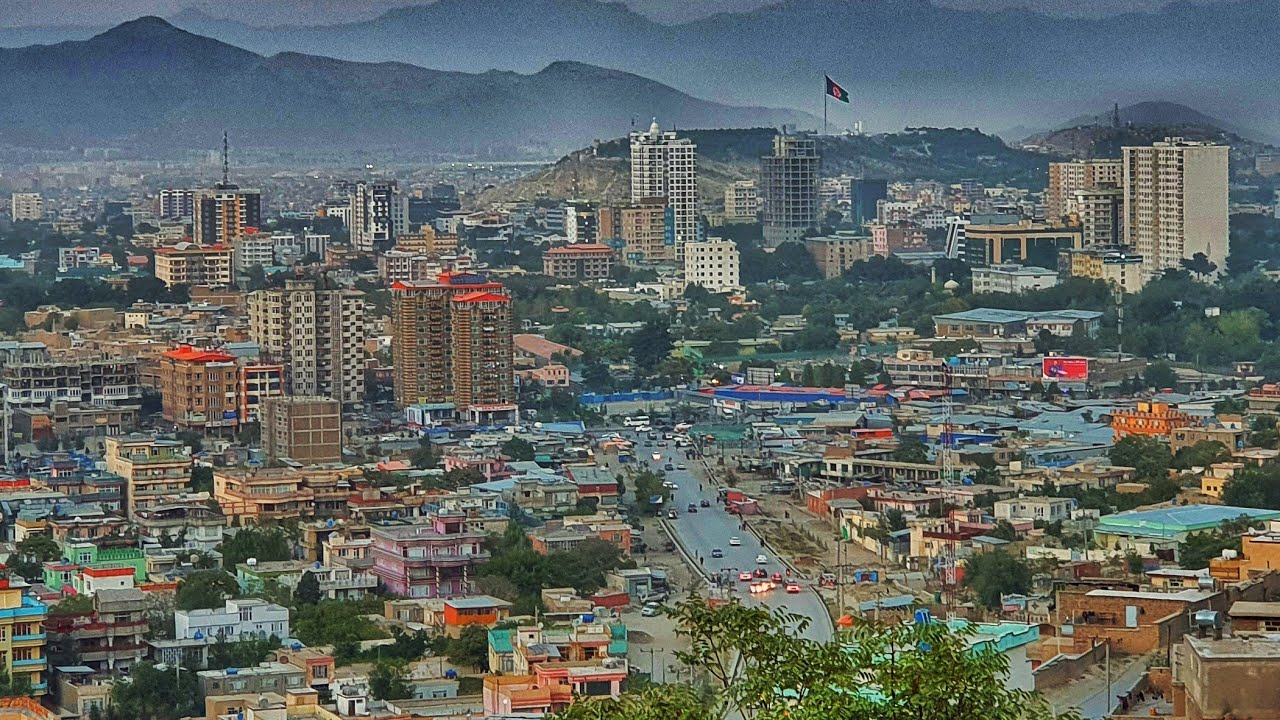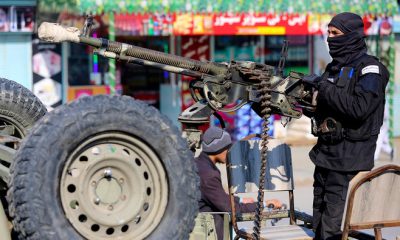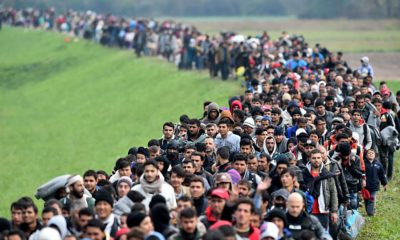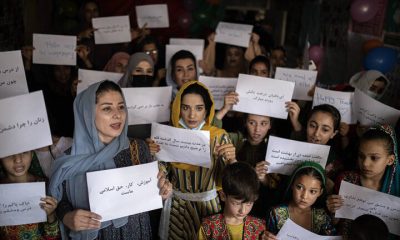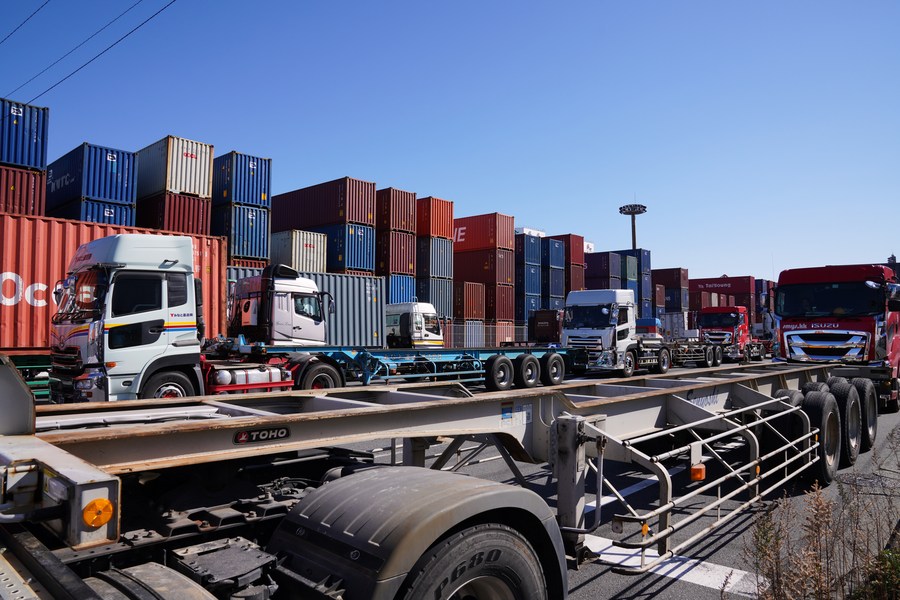It is hard to pin a date on Kabul’s founding. Additionally, Kabul’s area and size have expanded and contracted numerous times. While today, geographically speaking, Kabul is a small province in central-eastern Afghanistan, in the Mughal Emperor Zaheer-ud-Din Babur’s day, Kabul stretched from the Hindukush mountains to the Indus River, and from Kashmir to Khurasan.
South of the Hindukush, for centuries the ancient city of Bagram, built on the banks of the Panjsher River, was the preeminent political, economic, cultural, and military center of the region. The rise to prominence of Kabul, around a millennium ago, was parallel to the decline of Bagram. Built on the banks of the Kabul River, Kabul lay from southwest to northeast, in the direction of the river.
Given Kabul’s location at a crossroads, the city was destined to achieve greatness. The overland commerce, as well as conquest, routes between India and China, and India and Persia ran through Kabul, which quickly became a major commercial center. The first time ever that India and China made contact with each other was through the overland route that ran over the Hindukush, and by extension through Kabul.
Kabul, a diverse commercial hub with pleasant climates
Babur—in his memoir, the Baburnama—says: ‘As the entrepot between Hindustan and Khurasan, this province [Kabul] is an excellent mercantile center. Merchants who go to Cathay and Anatolia do no greater business. Every year seven, eight, or ten thousand horses come to Kabul.’
Babur further adds that, ‘From Hindustan, caravans of ten, fifteen, twenty thousand pack animals bring slaves, textiles, rock, sugar, refined sugar, and spices. Many Kabul merchants would not be satisfied with a 300 to 400 percent profit. Goods from Khurasan, Iraq, Anatolia, and China can be found in Kabul, which is the principal depot for Hindustan.
Amongst the different ethnic groups that lived in Kabul, Babur names the following: Turks, Aymaques, Arabs, Pashais, Parachis, Tajiks, Barakis (Burkis), Afghans (also known as Pashtuns, Pakhtuns or Pathans), Hazaras, and Negudaris.
Moreover, on the languages and dialects spoken in Kabul, Babur observes that, ‘Eleven or twelve dialects are spoken in Kabul Province: Arabic, Persian, Turkish, Mongolian, Hindi, Afghani [Pashto or Pakhto], Pashai, Parachi, Gabari, Baraki, and Lamghani [Laghmani]. It is not known if there are so many different peoples and languages in any other province.’
Kabul was home to a thriving Christian Armenian community. The Armenians of Kabul had their own church inside Old Kabul, and their own cemetery. Similarly, the Jews of Kabul had their own quarter and synagogue. Hindus, Sikhs, Armenians, and Jews were involved in commerce between Kabul and the surrounding regions.
Kabul’s magnificent climate also brought ‘so many different peoples’ together. Babur remarks, ‘The climate is excellent. In fact, no place in the world is known to have such a pleasing climate as Kabul… near are regions with both warm and cold climates. Within a day’s ride from Kabul it is possible to reach a place where snow never falls. But within two hours one can go where the snows never melt–except in the rare summer so severe that all snow disappears. Both tropical and cold-weather fruits are abundant in Kabul’s dependencies, and they are nearby.’
Kabul, Afghanistan’s cultural oasis
In the process of bringing so many different peoples together, Kabul has managed to develop its own unique vibrant culture and identity, which, although is different from the rest of Afghanistan at times, has had its influence over other cultures throughout Afghanistan.
Across Afghanistan the amount of love and affection for Kabul is boundless. It is not uncommon to see schools, hotels, restaurants, buses, shops, and other businesses named after Kabul. There is a Pashto saying, ‘Penza rupay por kra, zoy pa Kabul loy kra,’ meaning ‘Borrow five rupees, and raise your son in Kabul,’ in reference to Kabul’s better education, etiquette, and culture.
Kabul was home to Afghanistan’s first modern boys’ school, first modern girls’ school, first teachers’ training college, first university, first radio and television stations, first train, first museum, and first airport, among other things. In the 1940s, for the first time in Afghanistan’s history, Radio Kabul allowed female singers to sing, and broadcast their songs.
Twice over the past century—once in the 1920s and again in the 1950s—Kabul pioneered giving Afghan girls and women the right to education and work, and the right to not cover their faces, if they so wished. Although rural conservatives were uncomfortable with the above reforms, other Afghan cities such as Kandahar and Herat imitated Kabul.
The Afghan Royal Family during the Nadir Shah and Zahir Shah eras did not impose any social reforms from Kabul on the rest of the country. Instead, they allowed people outside Kabul to gradually see, understand, and adopt such reforms as girls’ education and removing of the veil, which Kabul had embraced.
Furthermore, Kabul has produced Afghanistan’s top singers such as Ustad Qasem Afghan and Ustad Fazl Ahmad Nainawaz. Kabul has also given birth to Afghanistan’s best contemporary poets such as the poet laureate Qari Abdullah and Sufi Ghulam Nabi Ashqari. In Kabul’s poetic circles, it is common to gather with one’s friends to recite and interpret poems of poets such as Mirza Abdul Qadir Bedil Dehlavi and Maulana Jalaluddin Rumi/Balkhi.
As such, Kabul for centuries has played a role like that of Iran and India, which, while absorbing outsiders and adopting part of their culture, has given the outsiders an indigenous touch and identity. This was as true of early Muslim conquerors and more recently of the Mujahedin, as it was of settlers and immigrants from across the region.
For instance, within months of Ahmad Shah Durrani’s passing in 1772, his son and successor Timur Shah Durrani moved his Empire’s capital from Kandahar to Kabul. Among other reasons, Kabul’s liberal atmosphere and its moderate climate prompted Timur to relocate his capital.
Like Timur Shah, generation after generation of Afghans have flocked to Kabul. Some of those moving in from small towns and villages at first may not feel at ease in Kabul, which may be too liberal for them. But eventually most accept the change, and Kabul becomes their home.
Kabul’s women against foreign occupation
Kabul has led the way in resisting foreign occupation. During the first British invasion (1838-1841) the Afghan uprising, which led to the killing of the British envoy William H. Macnaghten and withdrawal of the British troops, began in Kabul in November 1841. During the withdrawal, an entire 16,500-man British army, consisting of both soldiers and camp followers, was almost entirely annihilated by Ghilzai tribesmen in the mountains and gorges of eastern Kabul.

Women attend a rally in Kabul in the late 1970s. | Imgur via Pinterest
Nearly four decades later, during the Second British invasion of Afghanistan (1878-1881), the Afghans burned down the British Residency at Kabul’s Bala Hisar and killed the British envoy Pierre L. Cavagnari, a second British envoy to be assassinated in Kabul in 38 years.
During both British invasions, Kabul’s girls and women took an active part in the struggle to evict the British. For instance, from rooftops, the women of Kabul would throw stones at, and pour hot water on, passing British soldiers in Kabul’s alleys and streets. Old Kabul’s homes and streets are filled with the tales of Kabul’s women’s struggle against British invaders.
Likewise, a century later, weeks into the Soviet invasion of Afghanistan, in late February 1980, the residents of Old Kabul, including girls and women, staged a popular uprising against the heavily armed Soviet troops. The uprising started at night with chants of Allah-o-Akbar—in defiance of Soviet-imposed communism—by residents of Kabul from their rooftops.
The next day, clashes between Soviet troops and Kabul residents followed in the streets. The uprising—during which hundreds of Kabul’s residents including teenage schoolgirls like Naheed, Amina, Salma, and Sultana, embraced martyrdom—was brutally suppressed by Soviet troops. While Kabul’s residents made the ultimate sacrifice for Afghanistan’s freedom, the torch of resistance was passed onto other Afghans who would make sure the Soviets left Afghanistan.
Concluding remarks
Even though Kabul and its brave girls and women are going through a dark period right now due to numerous restrictions imposed on them by Taliban fundamentalists, it is my sincere belief that Kabul and its girls and women will once again, sooner rather than later, emerge victorious from these dark and challenging times, and return to living a cheerful life once again.
The Taliban’s categorizing the girls and women of Kabul as impious and imposing restrictions on them is in line with the offensive descriptions of the girls and women of Kabul which former British colonial chroniclers have provided. It is interesting to see that the Taliban have found more common ground with the British than with fellow Afghans.
The Taliban leader Hibatullah Akhundzada’s preferring to stay in Kandahar can be because he fears being “polluted,” absorbed, and made irrelevant by Kabul. That said, if the Taliban survive, Kabul will conquer them—just like it conquered the Mujahedin. In Kabul the Taliban will metamorphose into a more lenient movement, should they survive the test of time and sanity.
The writer is Arwin Rahi, a former adviser to the Parwan governor in Afghanistan. He can be reached at rahiarwin@gmail.com.
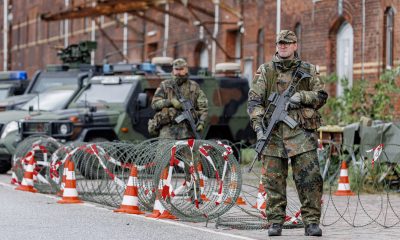
 EUROPE3 days ago
EUROPE3 days ago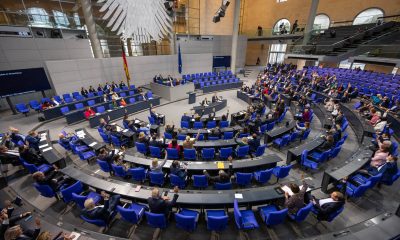
 EUROPE2 weeks ago
EUROPE2 weeks ago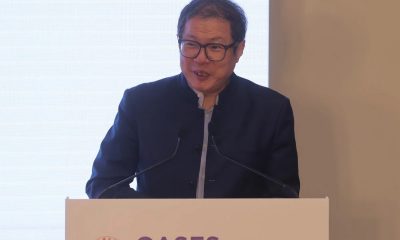
 ASIA2 weeks ago
ASIA2 weeks ago
 AMERICA2 weeks ago
AMERICA2 weeks ago
 ASIA2 weeks ago
ASIA2 weeks ago
 RUSSIA2 weeks ago
RUSSIA2 weeks ago
 ASIA2 weeks ago
ASIA2 weeks ago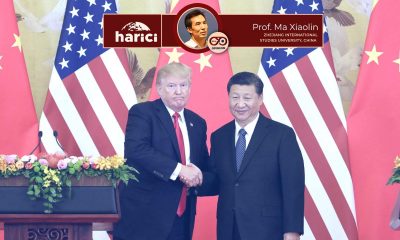
 OPINION2 weeks ago
OPINION2 weeks ago
